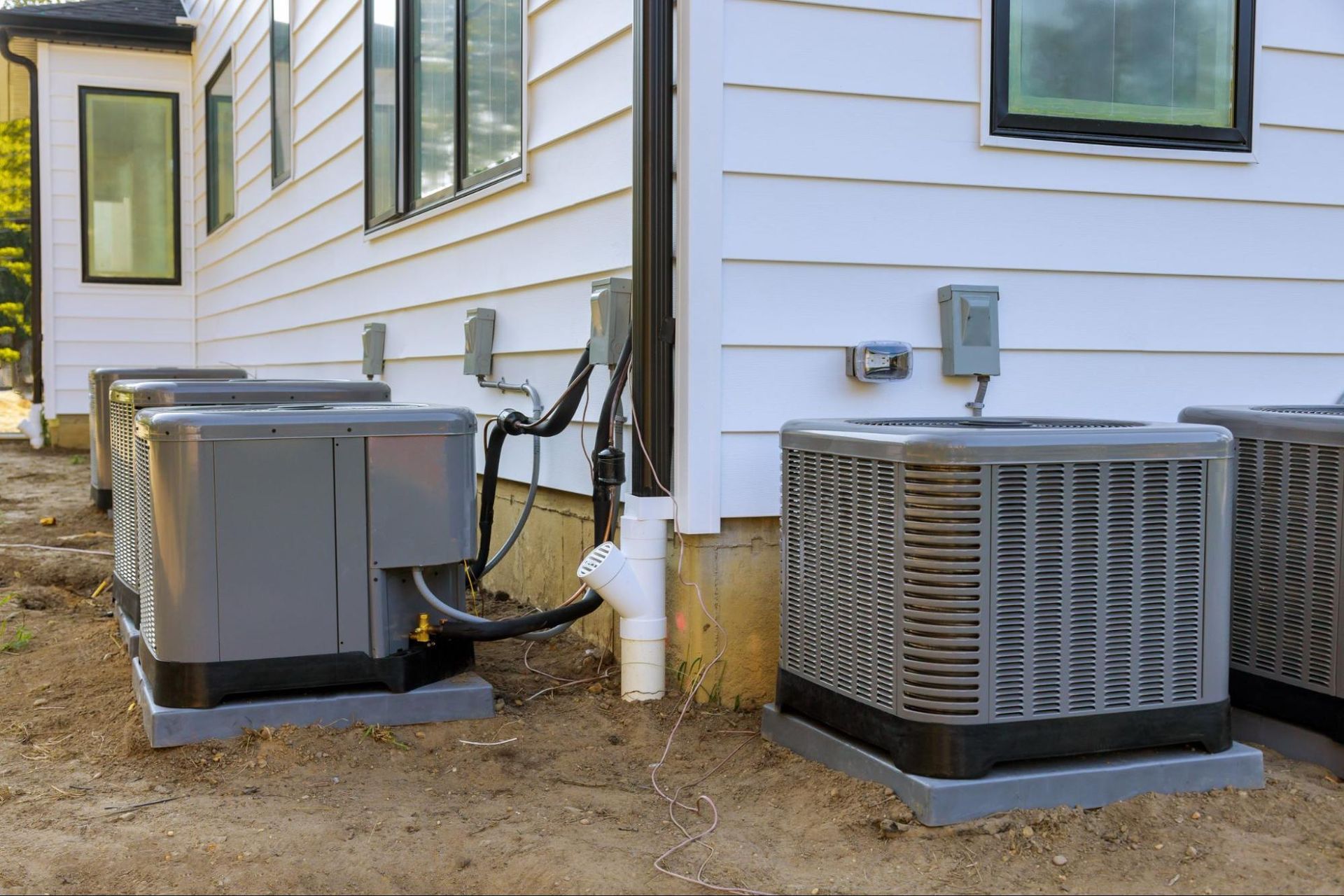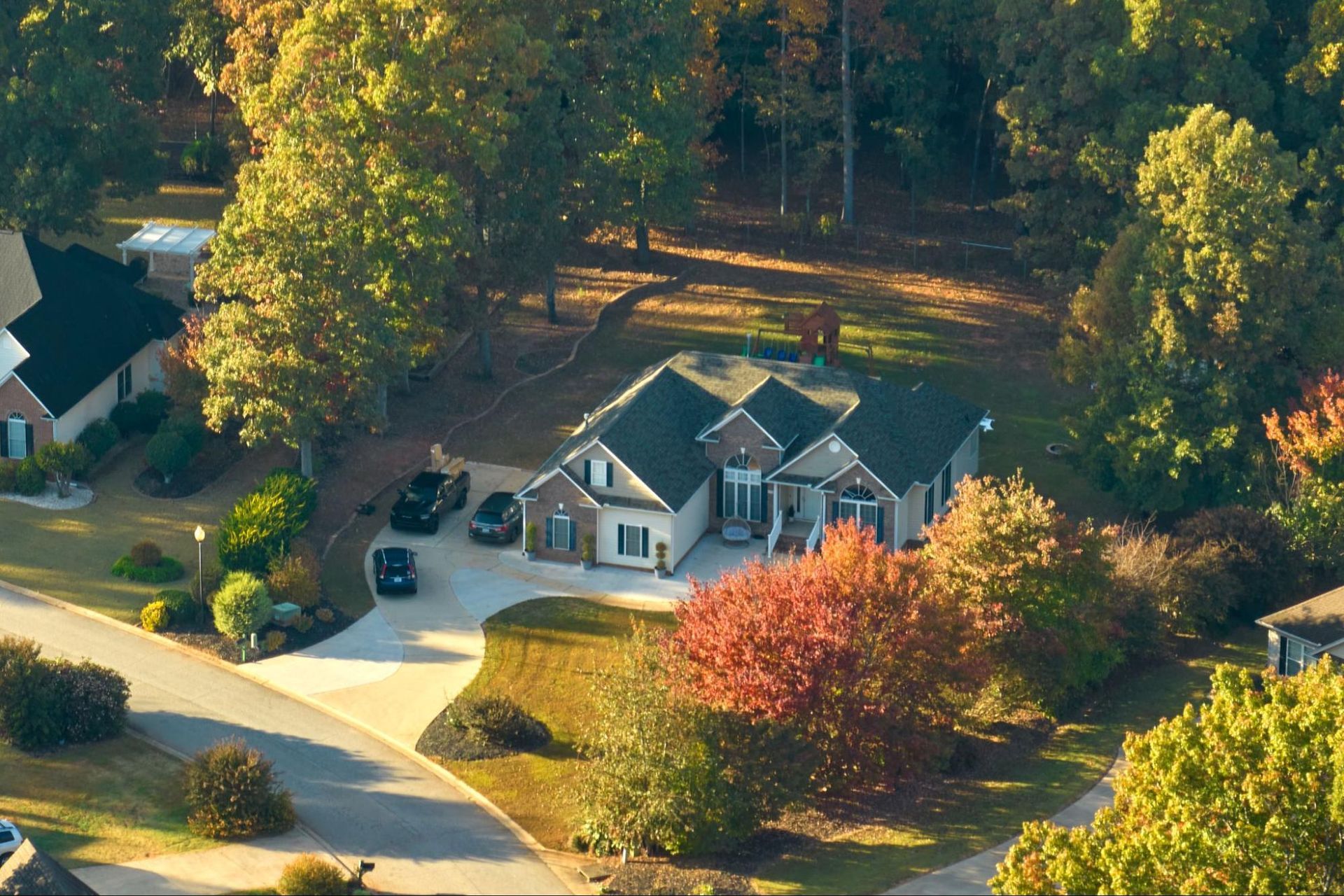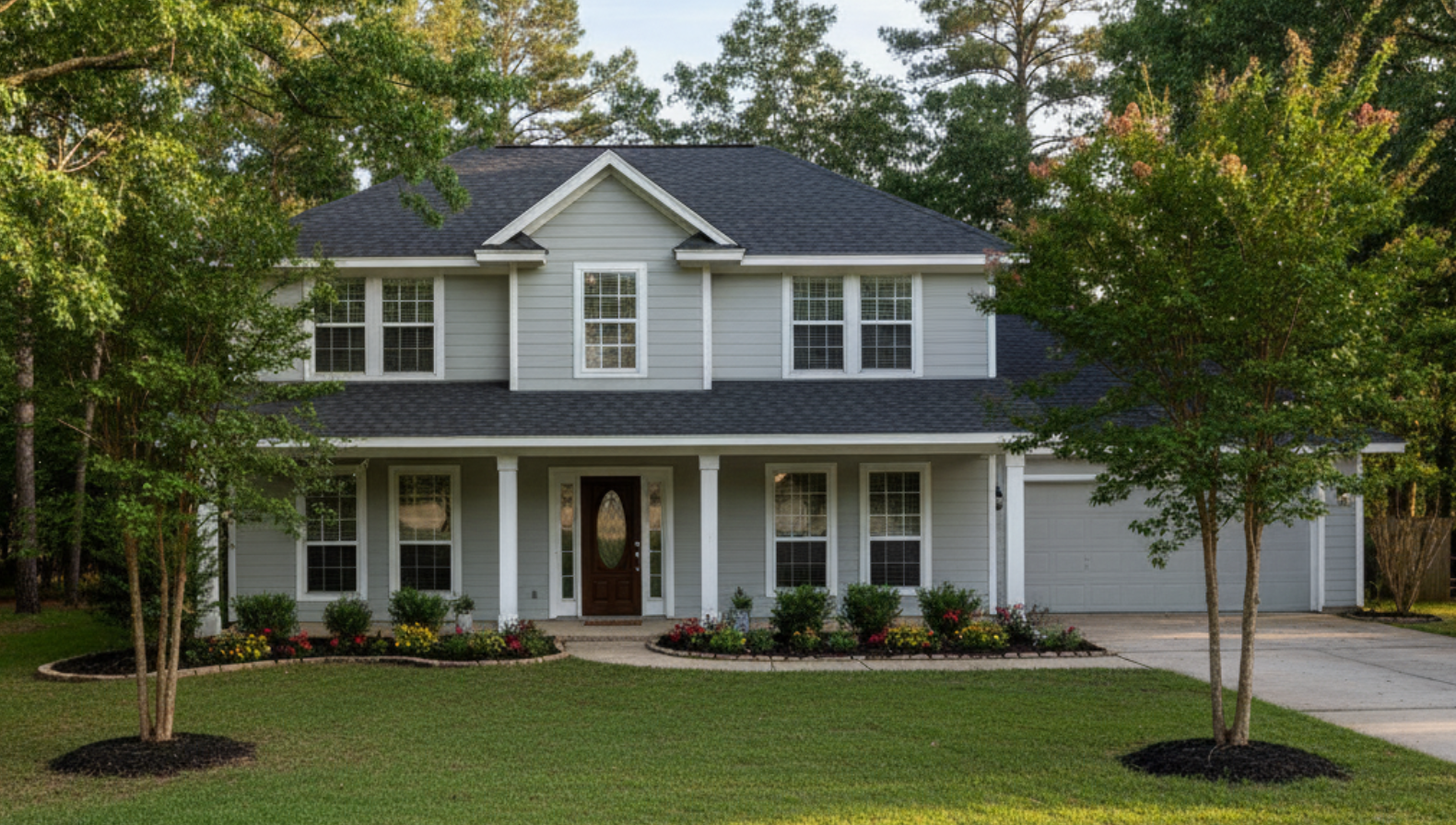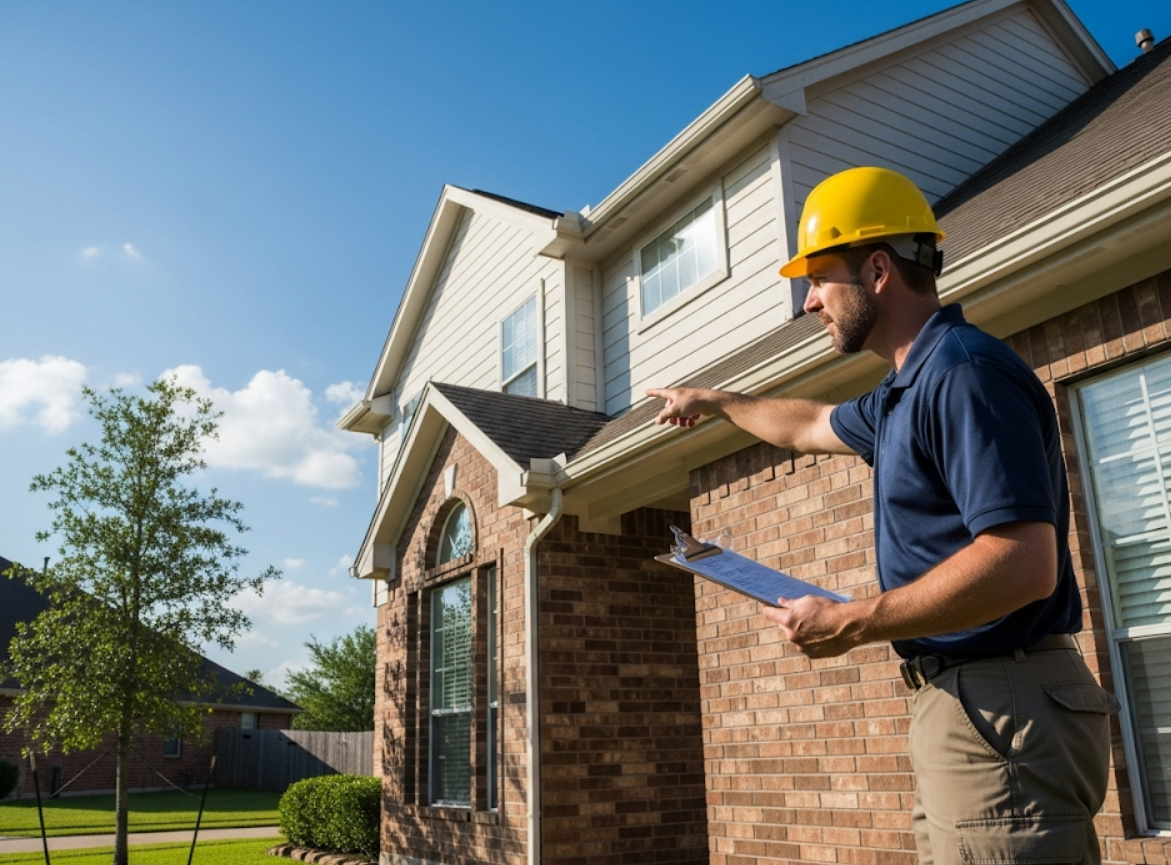Jeremy Yamaguchi, CEO, Cabana - LinkedIn · cabanapools.com
Property Maintenance Response Times: 7 Ways to Keep Quality
When tenants and facility managers call, they want two things: speed and staying power. Below is a practical playbook for improving property maintenance response times without letting workmanship slip.
Quick summary of the seven tips:
- Track request patterns to staff peaks and cut idle time.
- Use seasonal hiring and trusted local standbys for surge coverage.
- Build a clear priority system and standardize workflows across job types.
- Monitor backlogs and reallocate staff in real time with shared task tools.
- Specialize crews, add real-time dispatch tech, and sell preventative maintenance.
- Close the office–field gap with SOPs and customer training.
- Keep segmented rapid-response crews and pre-staged materials ready.
1) Track Request Patterns to Optimize Staff Scheduling
Start with the data. Look at request timing by weekday, hour, and season. If Mondays at 8 a.m. and storm weeks always spike, schedule technicians and vendors to meet those peaks. Simple calendar analysis reduces callbacks and wait times because the right skills show up when demand hits, which improves property maintenance response times and customer satisfaction.
“Analyze the timing of requests… If you have more people available during times where requests are more likely to occur, that can better ensure that you can respond as quickly as possible.”

2) Seasonal Hiring and Local Standby Teams Ensure Coverage
Residential landscaping, snow events, and turnover windows do not care about your base roster. Build a bench. Hire seasonally in advance and maintain a vetted list of local pros for fast overflow support. This keeps SLAs intact during storms, heat waves, and end‑of‑month moves without stretching your core crew thin.
“Seasonal hiring is essential here… have locals on standby… in case you need more help in a hurry.”
3) Priority Systems and Standardized Processes Maintain Quality
Triage is everything. Route emergencies like burst pipes to a rapid-response team while scheduled or specialty commercial work goes to dedicated crews. Then standardize the experience with shared checklists, vendor rules, and comms templates so every visit looks and feels the same. Add work-order software for instant dispatch, timeline visibility, and updates that keep owners in the loop.
“Build a clear priority system and have dedicated crews… Standardizing processes also helps… using a work order tracking software lets you dispatch jobs quickly, monitor timelines, and keep both the client and your team updated in real time.”
4) Monitoring Systems Enable Quick Staff Reallocation
Quality slips when backlogs grow unseen. Track backlog size and job aging across properties. Use shared task boards and real‑time notifications so supervisors can shift techs mid‑day. That trims dead time, reduces status-chasing, and ensures the next best job always gets attention first.
“Implementing robust monitoring systems that track maintenance backlogs and allow for quick staff reallocation… software tools that provide real-time updates and shared task lists… keep stakeholders aligned.”
5) Specialized Teams and Preventative Maintenance Drive Success
Different sites, different needs. Train separate residential and commercial crews, then cross‑train for coverage so you can flex without sacrificing standards. Pair that with roofing or trade‑specific platforms that track materials, assign crews, and show live progress. Most importantly, promote preventative maintenance contracts. Planned inspections reduce emergencies, free up calendar space, and protect your average response time.
“Separate - but cross‑trained - teams… Use roofing-specific software to track service requests… Standardize processes… Prioritize preventative maintenance contracts.”

6) Clear SOPs Bridge Office and Field Teams
What sales promises, service must deliver. Train office staff and technicians on the same SOPs and customer expectations. Role‑play edge cases and handoffs so the tone, information, and next steps match from the first call to the final sign‑off. For commercial accounts, promote techs who excel with stakeholders. Strong relationships lower friction and shorten site access, which improves response times.
“Acknowledge that the team that answers the phone… won’t be the team that completes the job… Training staff how to interact with clients and having clear standard operating procedures… is key.”
7) Segmented Crews and Pre‑Staged Materials Eliminate Delays
Preparation beats hustle. Keep a dedicated rapid‑response unit trained in fast diagnostics and temporary stabilization. Standardize inspection checklists for small homes and large warehouses alike. Pre‑stage common materials in trucks or on‑site for commercial clients. Less chasing parts means more time solving the problem.
“We keep a rapid-response team on standby… The inspection checklist and repair protocols are consistent… We also invest in pre‑staged materials… Speed isn’t about rushing - it’s about removing friction… so you can handle emergencies without letting standards slide.”
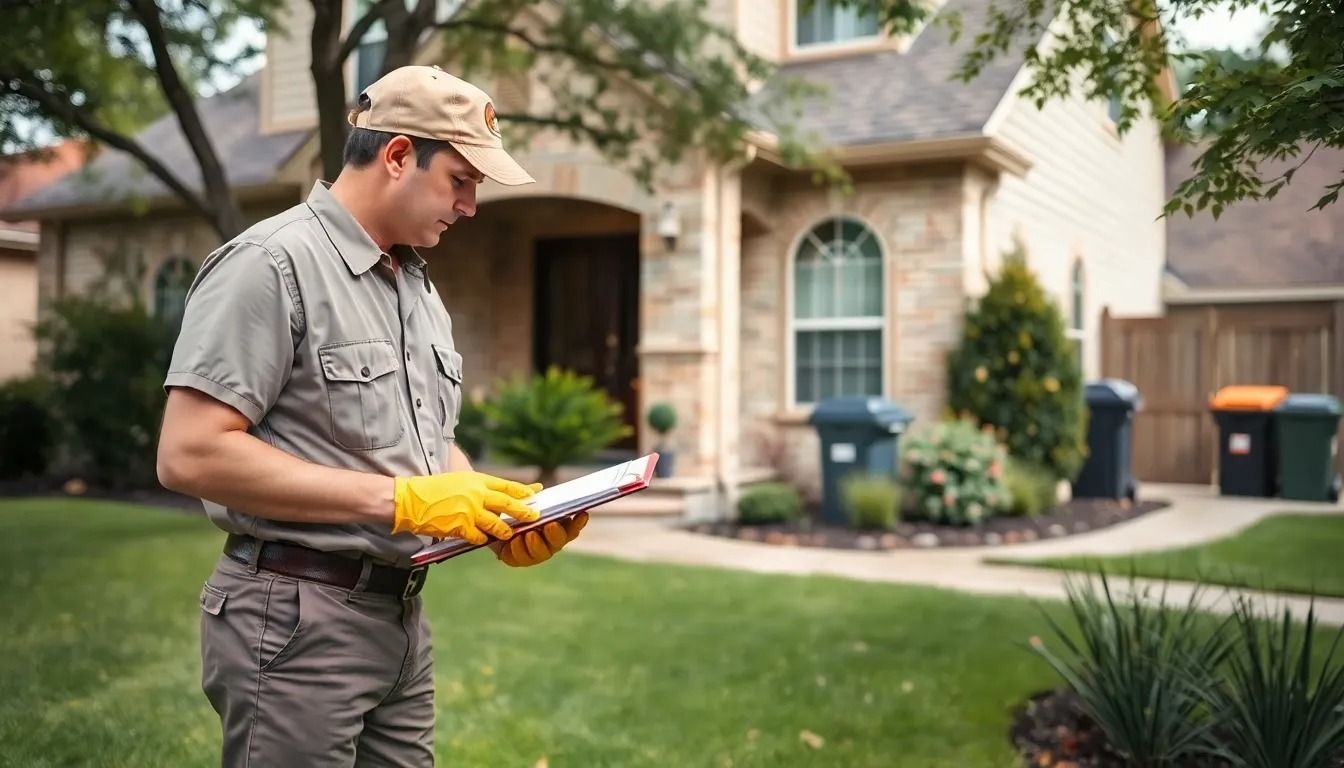
Final Takeaway
Fast beats slow, but only when fixes last. Use data to place people where demand is, organize around clear priorities, and give crews the tools to act in real time. Add planned maintenance to reduce emergencies and keep calendars flexible. Put SOPs in the hands of everyone who touches the job. With those habits, you improve property maintenance response times while raising the standard of work that clients remember.









